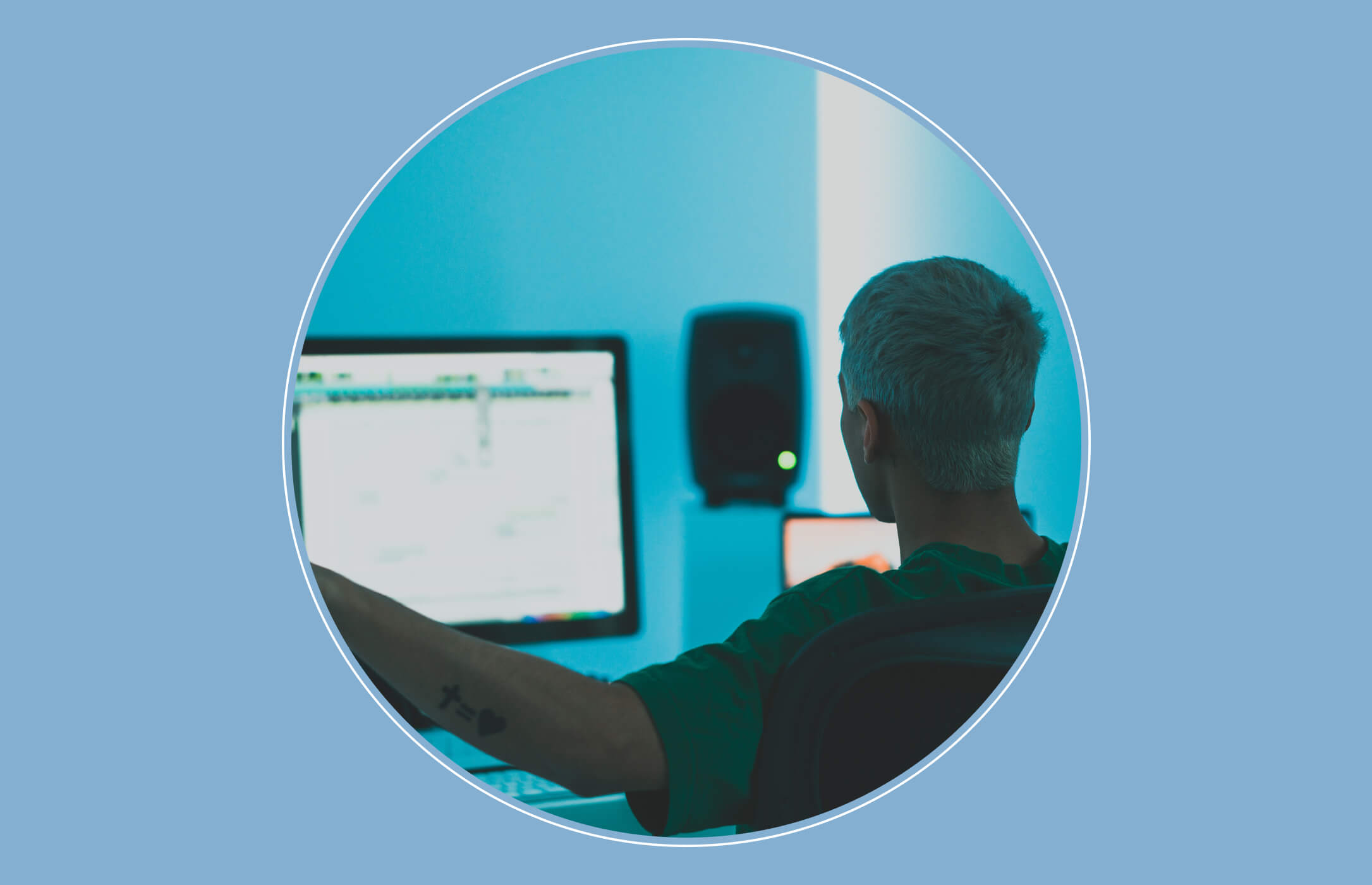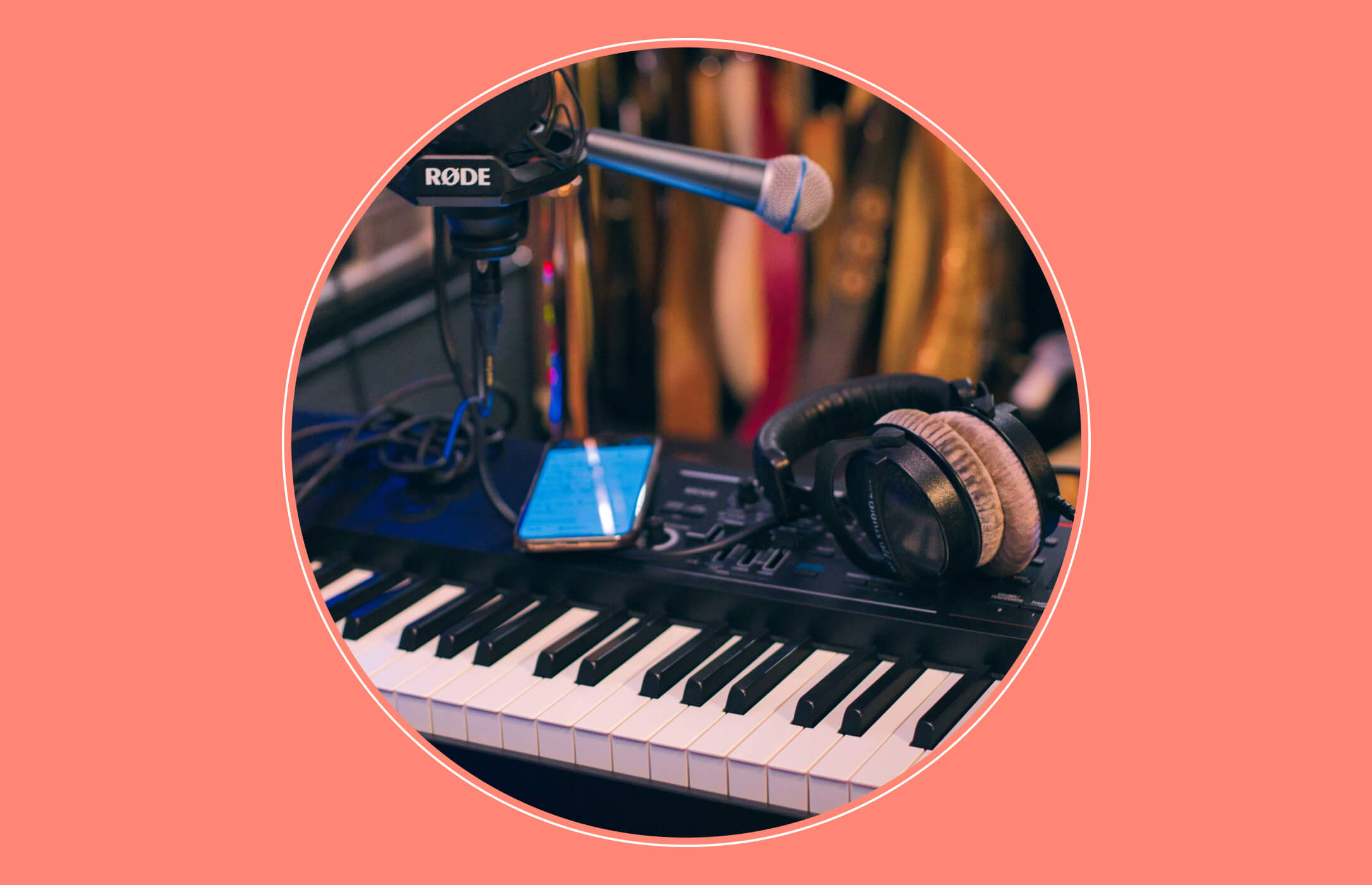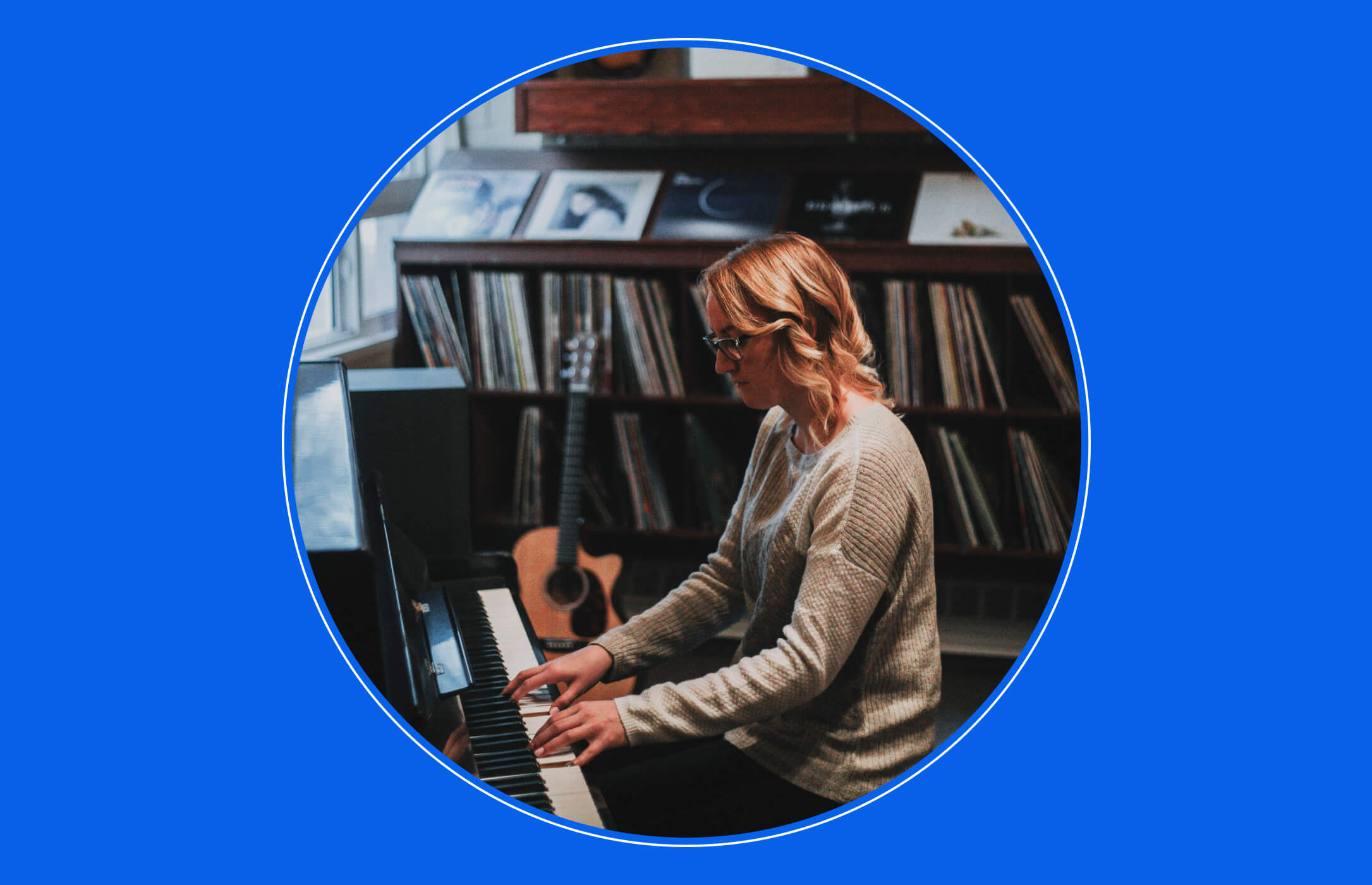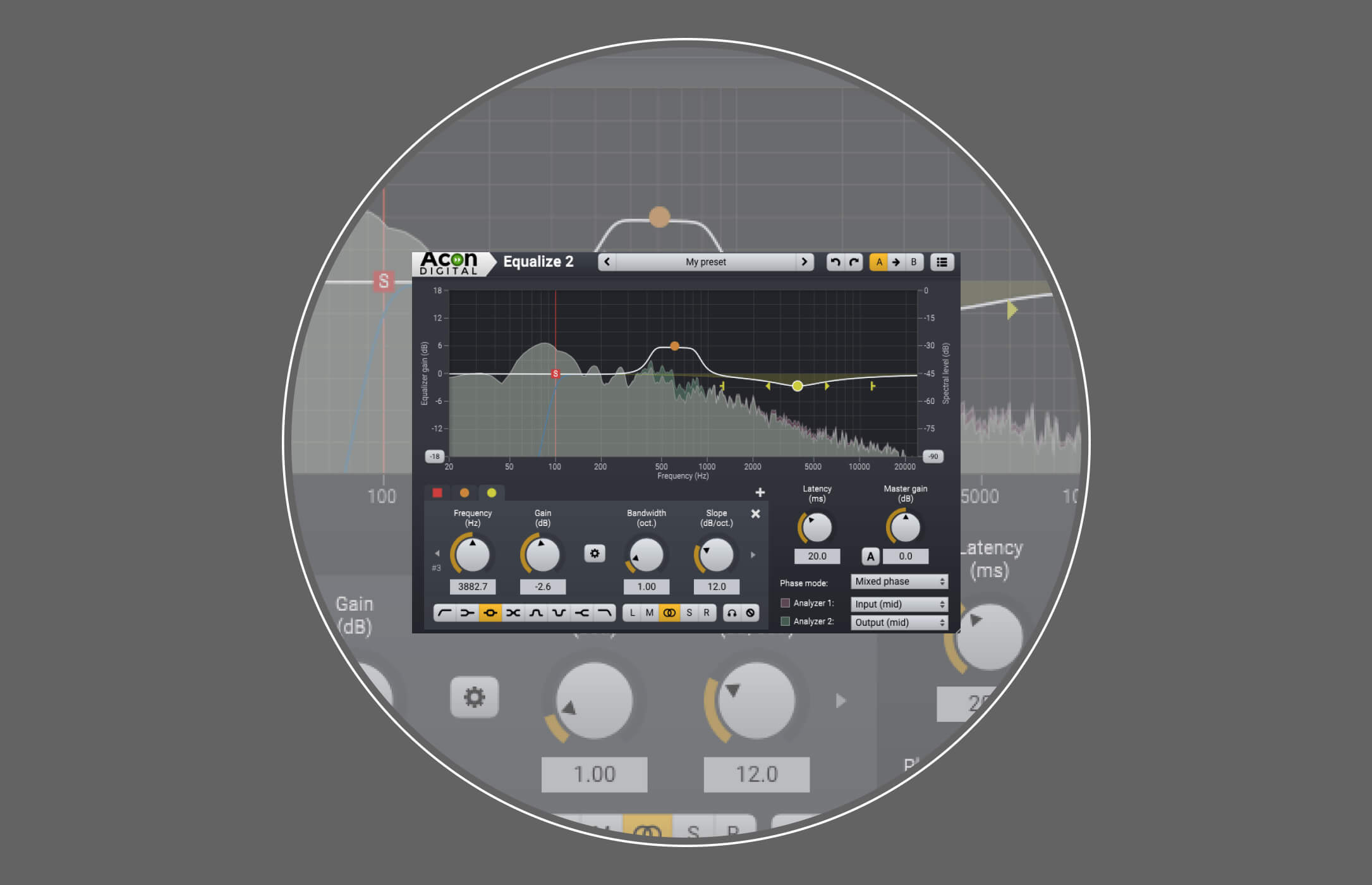Mixing Rap Lead Vocals
Rap is one of the most impactful genres of music, that’s a fact. With so much attention placed on the words being spoken, it’s not surprising that many engineers have tailored approaches to mixing lead vocals for rap tracks — here is mine:
First thing I do is Gain Stage it, and then put it through my BAE 1073 and Distressor.
What I do with it depends on the quality of the recording, but I often Gain the Line in increments of +5 or +10, depending on how clean it was when I got it. The BAE 1073 adds some very nice saturation. I always get rid of 80Hz and below on the filter, and often control the low mids on 220Hz with the first EQ band. Second band I tend to either use the 700Hz or 1600Hz to get it more ‘in-your-face’, or more full in the mids. 12kHz band gets used often but gently, just a couple of dbs.
With this done, I look to my Distressor. I use the Dist 2 mode to get the crisp tube sound and 4:1 or 6:1 ratio. I like how it grabs the transients in 6:1, but it can sometimes be too much.
Back in my DAW I clean up the signal and check for build ups with the soothe2 by oeksound. Fabfilter De-esser is my go-to after that. Then it’s time for the parallel compression with the 1176 (Rev.D) in all buttons-in. Blend it in to get more energy and excitement out of it. If needed I’ll turn to the Pultec to give it some db on the 100Hz. And finish off with API 550B to get some more top 15/20kHz. If I need to tune the vocals I use the Antares AutoTune.
For adding reverb, I use ValhallaRoom — it sounds so good! I commonly use a blend of an ambience reverb and a ‘transparent’ hall where I cut off the highs around 3000Hz. I use subtle volume automation to get more life back into the vocal. If I need more dirt, or crispen it up, I use the Saturn 2.
808/Bass with Kick
The relationship between these is very important when mixing rap.
The first thing you need to figure out is which one of these drives the song, which needs more attention, and which is going to occupy what space. Does the 808 have the lowest frequencies or do you need the kick to have the most bottom end?
I often shape the individual sounds first with surgical EQ FabFilter Pro-Q and get rid of what I don’t need. That may be some excessive lowend I need to control, or too much harmonics.
808/Bass
After I have a good sounding 808 or bass I move onto the saturation stage. Waves Scheps 73 has an insanely good drive-mode. 9/10 times it does what I want on bass guitars. But be careful, the first click is often enough! If it is a more digital bass I go for the Decapitator by Soundtoys. If the bass needs more compression after this I usually do that now. LA-2A or something in that range works for me, depending on the bassline. If it needs more, I parallel it and blend it in.
Then I go for the Fabfilter-MB and multiband sidechain the bass to the kick from 500Hz and down, often a band from 20-100Hz too. You can control how much it dips with the threshold. Do this stage after you’ve been mixing on your kick.
Bonus trick: if you have a bassline, try this to make it sound wide but keeping 200Hz and below in mono. Create a send with a chorus-effect and straight after take a EQ with steep slope on the lowcut from 200Hz. Send the bassline to this. It often separates the bass and kick too. This was a ‘wow-moment’ for me when I first tried it.
Kick
After the surgical EQ I often go straight to compression (if needed), to get a more even sound or more punch. Then my favorite is the HLS EQ from Waves on the 120Hz or 60Hz and boost as much as I need. I sometimes go for the 2kHz or 2,8kHz band if I need more ‘click’ out of the kick.
Saturn 2 has a great preset for the kick. It’s called Hip-Hop Puncher (if i recall correctly) but it often takes away too much from the lowest band so bring that back up! You should be in a good spot already, but finishing touches are parallel with a DBX160 or SSL G buss compressor.
Remember, every sound is different, so use your ears to determine what needs to be done. 1 preset does not work for everything.
Written By Kjetil Hatletveit



